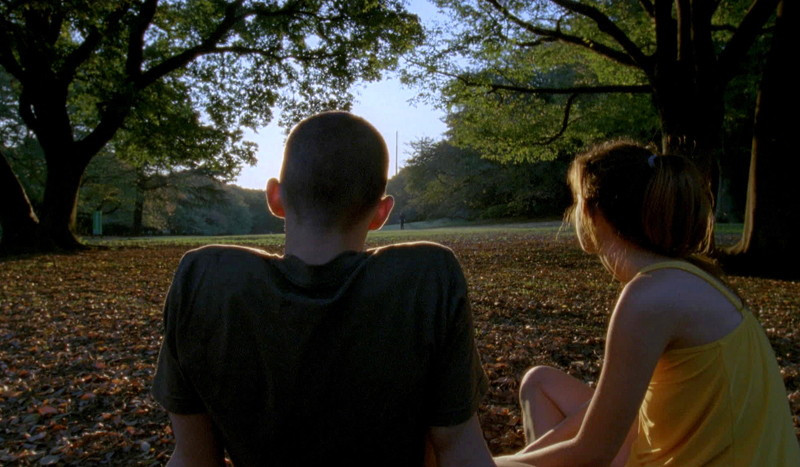Exploring cinematography at the expense of character depth
Enter The Void’s fantasy-like visuals aren’t enough to mask its hackneyed messages about death
Within the first seven minutes of French director Gaspar Noe’s Enter the Void, it becomes obvious that to enjoy this film, you probably need to be high.
Enter the Void follows the story of Oscar, a drug dealer living in Tokyo, and his sister Linda, who made a pact to always take care of each other after their parents died in a car crash.
Oscar lives up to his promise after he gets shot in a typical drug dealing fiasco and dies by watching over his sister as a hovering, bodiless soul.
The film’s strongest and most ambitious feature is the point of view style, which allows the audience to see through Oscar’s eyes as he moves above the cityscape, through walls and through time, watching his sister cope with his death and revisiting memories.
This style of filming takes the audience through a thrilling and sometimes nauseating spectacle of hallucinatory visuals and hackneyed attempts at conveying a poignant message about death.
The characters dabble in philosophizing about death in connection with reading The Tibetan Book of the Dead, but their dialogue is mostly banal.
Perhaps if the viewer is tripping on acid these attempts at understanding death might seem profound and meaningful, but to a sober viewer, the scenes are too long and the plot and characters get lost in the razzle-dazzle of fluorescent genitalia.
Any semblance of poignancy wears off at the same time your pupils return to their normal size.
As Oscar’s soul shifts perspectives into other character’s minds and body parts, the audience becomes temporarily privy to many different visually fantastic and somewhat disturbing images, such as Linda’s vagina being penetrated by a glowing penis, and an aborted fetus.
Although the lack of plot and the melodramatically empty characters make this 137-minute long movie brutally unrelatable, it seems plausible that the director’s vision for the film was more about exploring the boundaries of cinematography than exploring character depth or storylines.
If this was Noe’s goal, he certainly succeeded. Enter the Void is a movie unlike anything most audiences will have thought possible by the medium of film.
Noe’s epileptic camera and fantasy-like visuals make the movie feel simultaneously like a videogame, an out of body experience, a voyeur’s fantasy and a bad mushroom trip.
Published in Volume 65, Number 22 of The Uniter (March 10, 2011)







